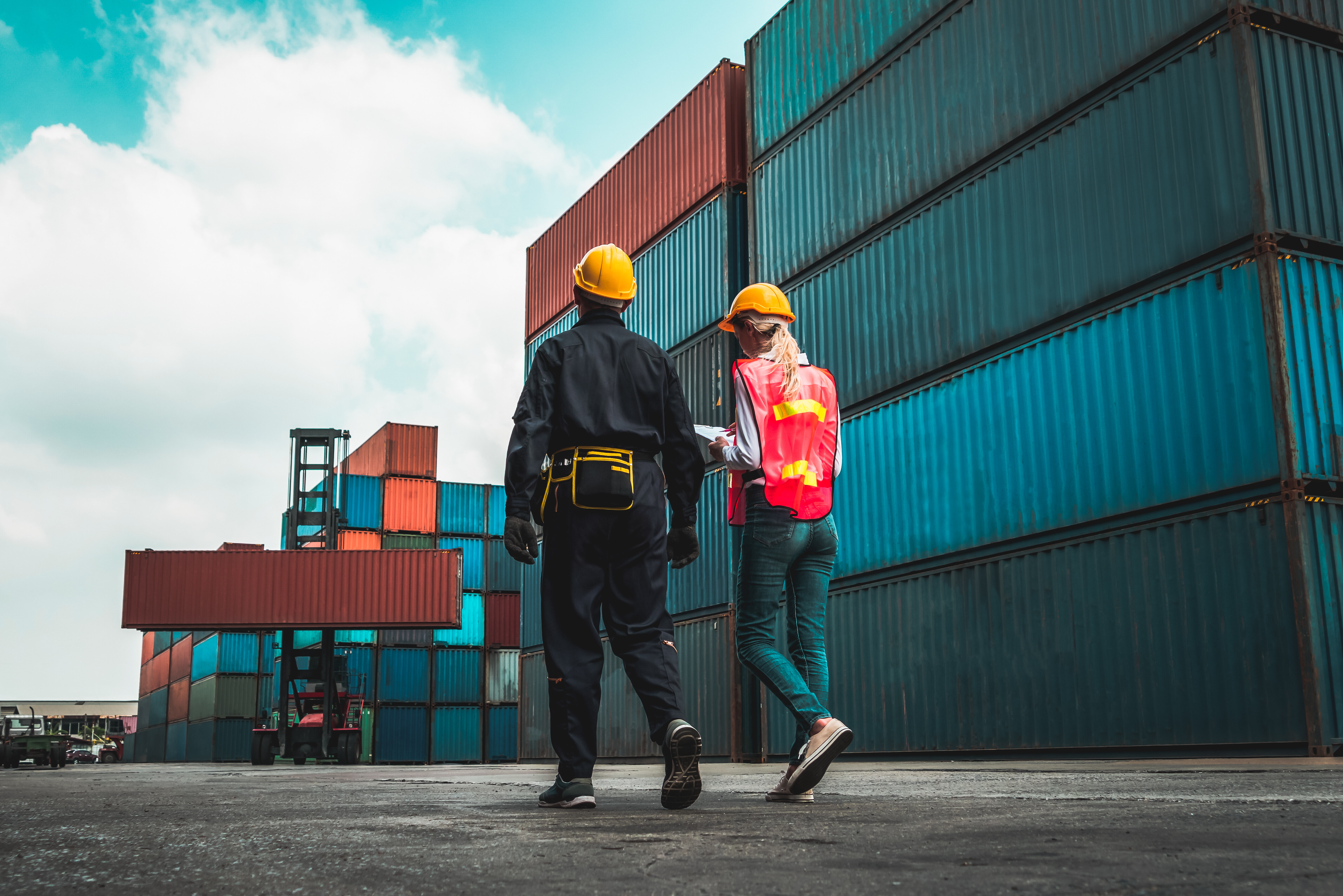How will the Hyperloop change rail transport?

Hyperloop, the totally tubular, 700-plus-mph transportation concept teed up by tech entrepreneur Elon Musk and being developed with his encouragement, could someday make today’s tried-and-true 200-mph high-speed trains seem as outdated as your grandma’s cotton bloomers.
Or maybe not.
As of 2014, more than 14,000 miles of operational high-speed rail lines were in use, with almost 8,000 additional miles under construction. Despite the existing infrastructure—and plans for another 11,707 miles to be developed by 2025 or sooner—acolytes of Musk are working to turn their drawing-board dreams into reality with prototype Hyperloop mock-ups and efforts to build short, proof-of-concept tracks in California.
Such plans are emerging even as transportation and infrastructure experts in the US and abroad ponder Hyperloop’s potential to supplant or complement aviation and rail as commercially viable transport modes. Can it cost-effectively move people and goods from one place to another faster than anything since the last flight of the supersonic Concorde jetliner in October 2003?
Under the right set of circumstances—a confluence of cost, distance and location—Hyperloop could, indeed, live up to the hype. High-speed rail is particularly attractive for distances between 180 and 370 miles, for example; at longer distances, planes start to become competitive. Based on proposed speed, and assuming a faster boarding and less laborious security-screening processes than those of the airlines, the sweet spot for the Hyperloop would be a range of 370 to 620 miles—on par with medium-range air travel, according to Andreu Ulied, principal of Barcelona engineering think tank MCRIT and a consultant on transportation infrastructure throughout the European Union.
Cost remains a huge wild card in the Hyperloop equation, however, and will be merely theoretical until a system is up and running. Mr Musk asserts that a 350-mile system—complete with tubes, passenger capsules and propulsion—between Los Angeles and San Francisco could be built for about $6bn, or $17.1m per mile. Hyperloop Transportation Technologies’ chief Dirk Ahlborn says he needs $100m to build his five-mile, 200-mph-maximum test system in California’s San Joaquin Valley. By comparison, a mile of high-speed rail costs around $90-100m in California, $60m in Europe and just $30m in China.
As for location, the Hyperloop should have a better chance of penetrating underserved areas than in carving out market share from established transportation corridors. In Western Europe, for instance, the existence of a mature (and growing) high-speed rail system and aviation corridors make Hyperloop prospects questionable. “The cost to build up a Hyperloop network in a continent with already dense transport corridors between larger cities is not likely to be justified, at least for passengers,” says MCRIT’s Mr Ulied.
Even in areas where high-speed rail transportation is lacking, it is unclear if passenger demand will be sufficient for Hyperloop to pencil out. Some have also expressed concerns about passenger comfort when accelerating to speeds of 700 mph—and taking turns at those speeds. Freight, however, doesn’t worry about comfort, G forces or other aspects of what entrepreneur Dirk Ahlborn calls “the passenger experience”.
The transport of goods, therefore, could well be the sector in which Hyperloop may really thrive at first. A cargo version of Hyperloop designed to haul cars and containers, for example, could represent a solution for transport between specialised locations such as ports, logistics centres and industrial parks, especially where it can replace ageing or obsolete freight railroad lines in the US or elsewhere the world.
Tell us what you think: Will the Hyperloop make a lasting and profitable mark on the transportation industry and, if so, where?
This article is published in collaboration with GE Look Ahead. Publication does not imply endorsement of views by the World Economic Forum.
To keep up with the Agenda subscribe to our weekly newsletter.
Author: Tim Sheehan writes for GE Look Ahead.
Image: A worker stands among CRH (China Railway High-speed) Harmony bullet trains at a high-speed train maintenance base in Wuhan, Hubei province. REUTERS/Stringer
Don't miss any update on this topic
Create a free account and access your personalized content collection with our latest publications and analyses.
License and Republishing
World Economic Forum articles may be republished in accordance with the Creative Commons Attribution-NonCommercial-NoDerivatives 4.0 International Public License, and in accordance with our Terms of Use.
The views expressed in this article are those of the author alone and not the World Economic Forum.
Stay up to date:
Logistics
Forum Stories newsletter
Bringing you weekly curated insights and analysis on the global issues that matter.
More on Supply Chains and TransportationSee all
Isabel Cane and Rob Strayer
November 13, 2025






